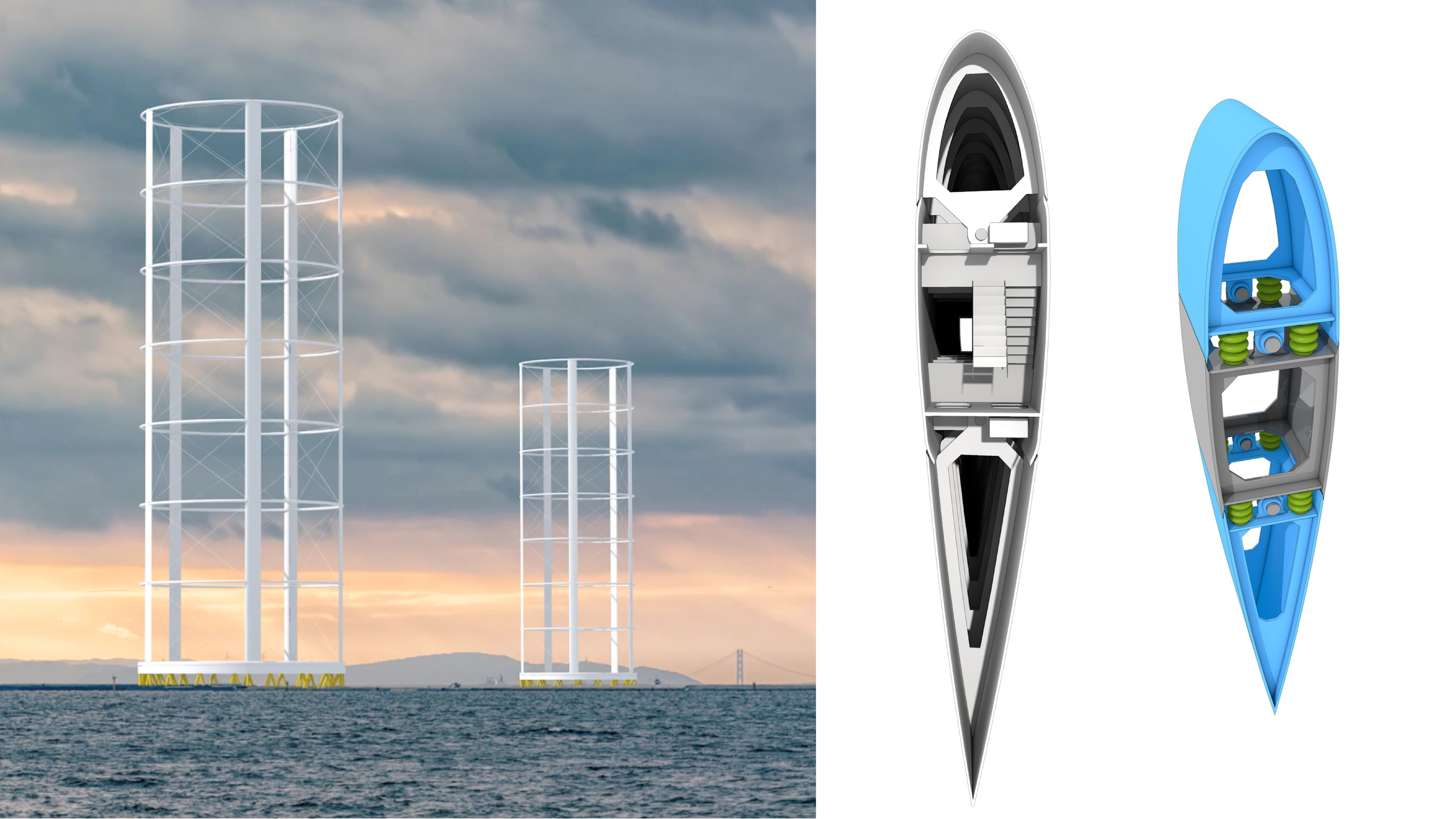PCT success story: RES GigaTube – a new structural and electrical system for a vertical axis wind turbine
May 5, 2023
What makes PCT attractive to me is the time you gain for finding interested parties for your invention. The PCT timeframes were useful for trying to find stakeholders and convincing them of the benefits of investing in an invention based on the representation contained in the PCT application. Having 30 months from the priority date until the national phase entry deadline is more than enough time to connect with business partners to develop further plans for your invention. In addition to my German patent application, I was able to file a PCT application, which prolonged the time to get in contact with possible investors.

The invention relates to a new structural and electrical system for a vertical axis wind turbine, which, when applied, could bring about a mutational leap in using the power of the wind. The GigaTube enables the production of green energy, not only being extremely efficient with a capacity of more than ten times the amount of conventional wind turbines, but also using four times less construction material than conventional models. Lightweight construction with steel reduces construction costs and electricity generation costs, which is crucial for the transformation process from fossil based to green energy production.
The images show two turbines, revolving in Osaka Bay, Japan. Each has a diameter of 240 meters and is 630 meters tall, covering an inflow area of about 151,000 square meters.
- Submitted by: Friedrich Grimm, inventor and applicant
- Application number: PCT/EP2021/084288 (WO2022/122599)